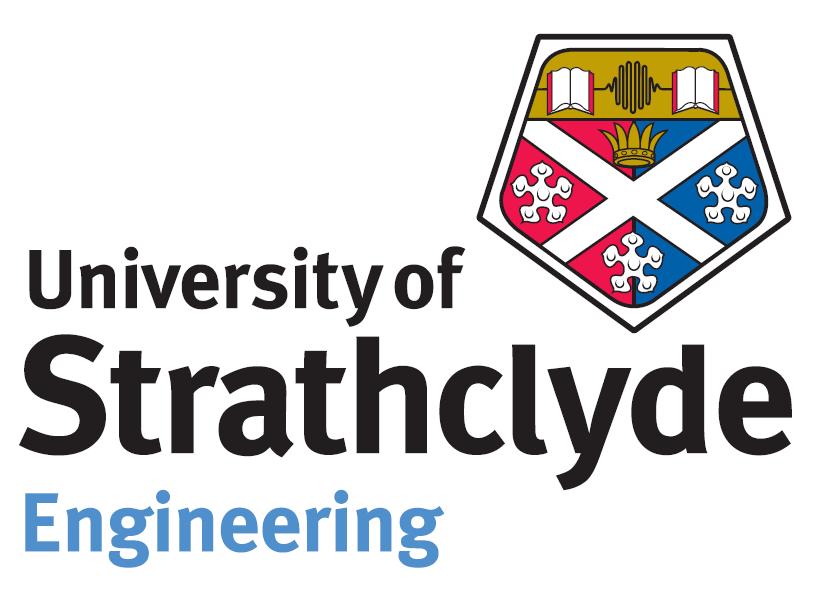BEM Overview
This section reviews the theory applied to the codes this project used in its rotor assessment analyses.
Introduction
Blade Element Momentum Theory (BEMT) is an analytical tool for lightly loaded rotational devices that can be used in the early conceptual and design stages of a rotor. It was originally used to model ship propellers and helicopter aerodynamics before later being applied to the design of wind turbines. The tool is being used to model a large proportion of tidal current turbines (TCT) currently under development and is predominantly written in a technical computing language for analytical purposes.
BEMT uses an iterative process to solve a set of equations based on two methods that describe the way a MCT operates. The first method applies a momentum balance to a rotating angular stream tube passing through a MCT; this known as momentum theory. The second examines the forces generated by the aerofoil lift and drag coefficients at various sections along the span of the blade and is known as blade element theory. Two sets of equations can be produced from these theories that can then be solved iteratively.
Reference:
www.dur.ac.uk/g.l.ingram/download/wind_turbine_design.pdf





